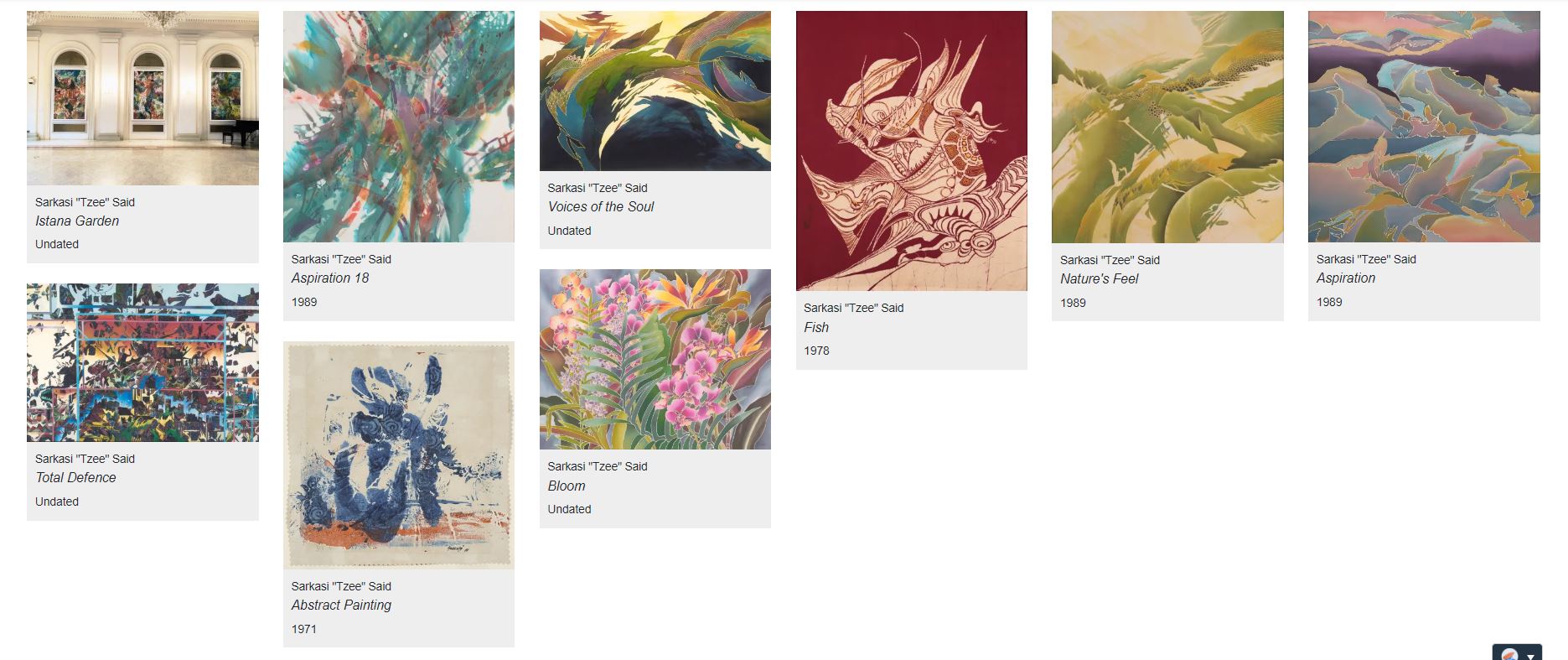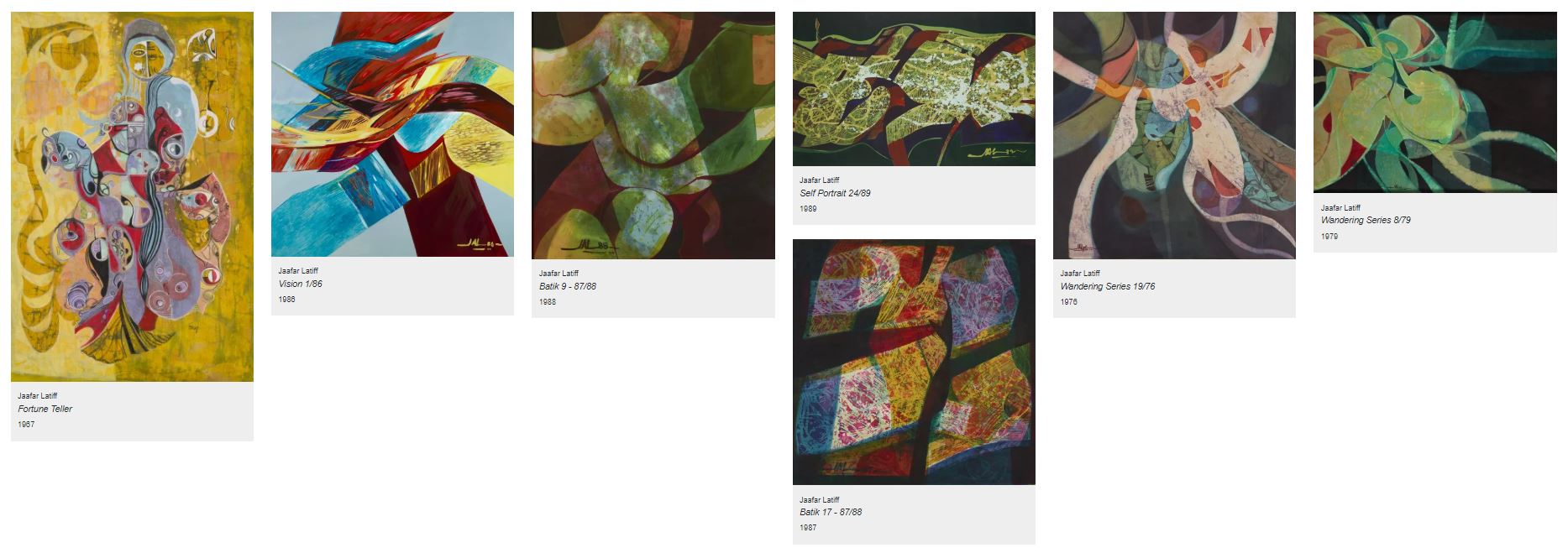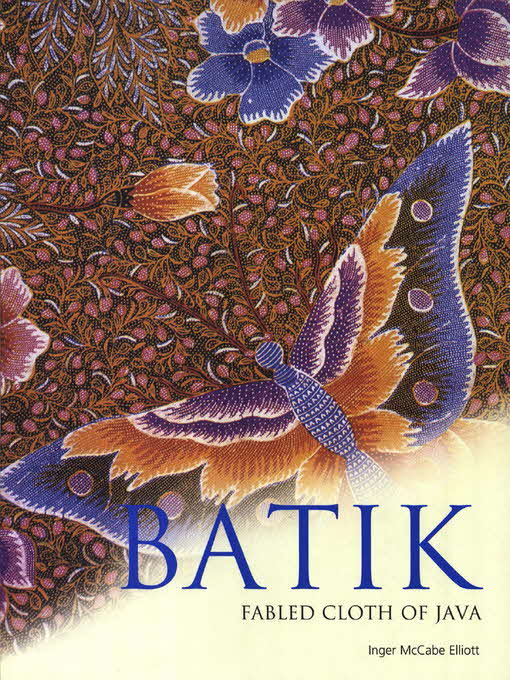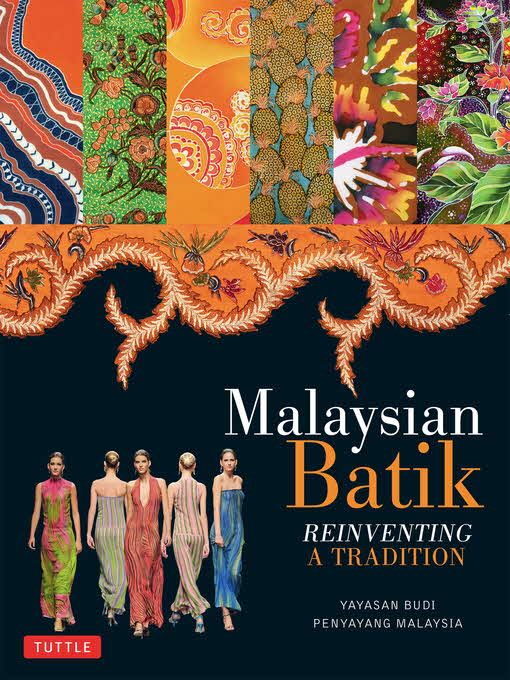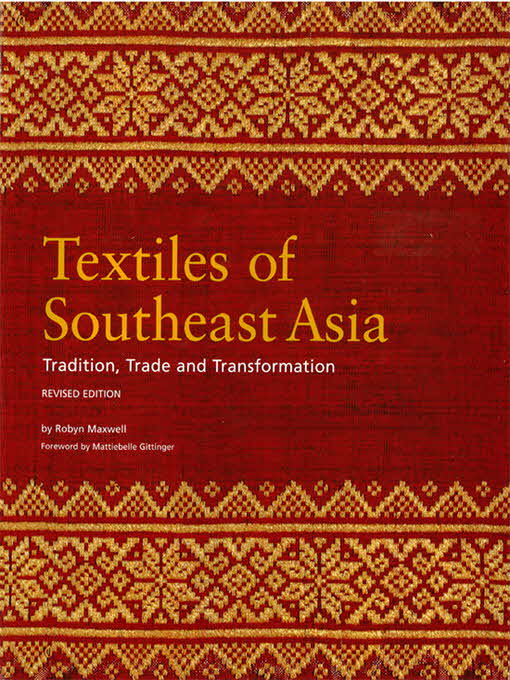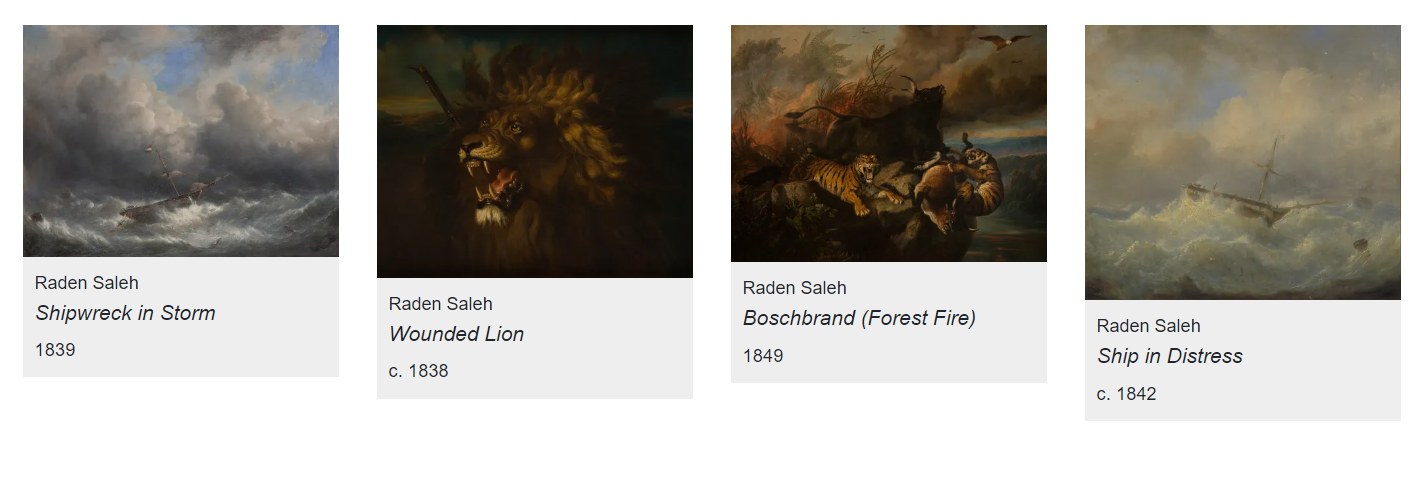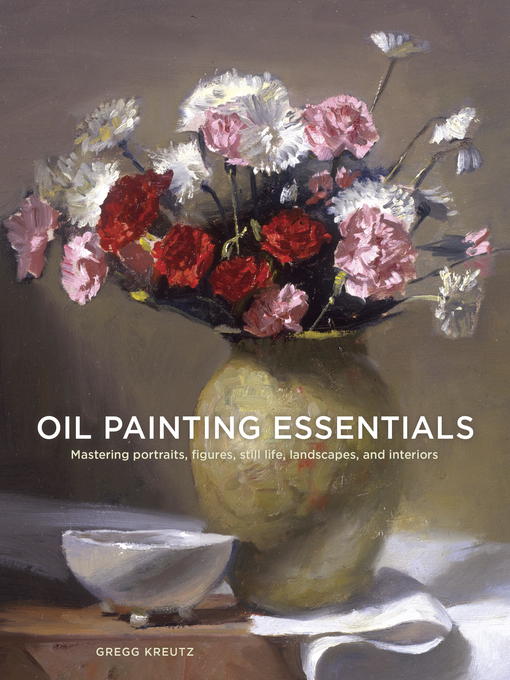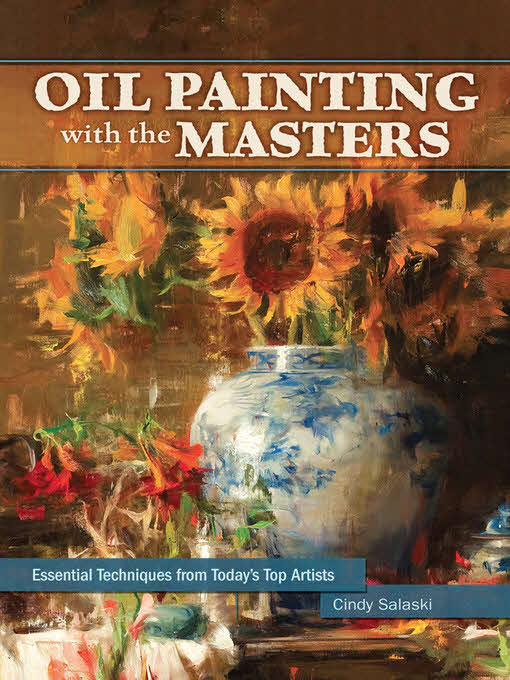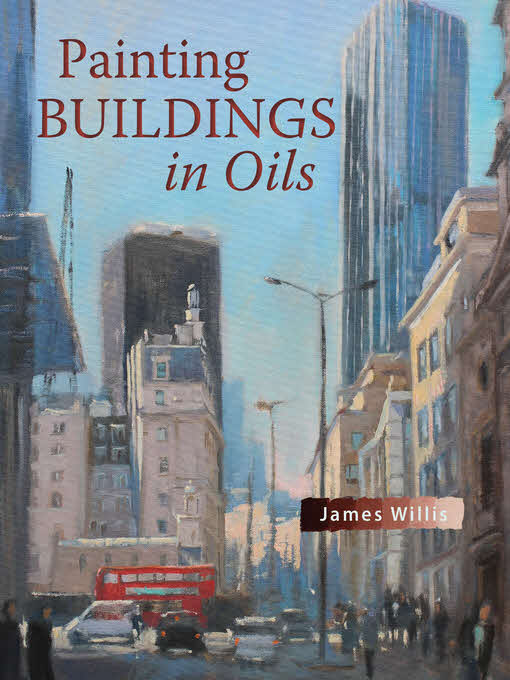Theme: NLB x NGS
Adults & Seniors
by LearnX Arts
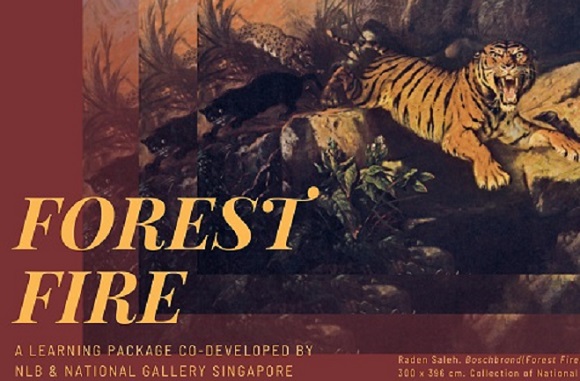
-
Learning Package: Batik Making

Batik
What is Batik?
Batik painting is the process in which patterns or images are dyed onto fabric, usually using a wax-resist technique followed by the application of the dye.
How traditional Javanese Batik is made?
Watch Javanese artisans make batik and learn more about their refined techniques. Many places in the world pattern textiles by applying wax to protect certain areas from dye. During the dye process, the wax areas resist the dye, and when the wax is removed a pattern emerges. Both the technique and the textile produced are called batik.
Source: Batik of Java: A Centuries Old Tradition (2017, January 28). Asian Art Museum. Retrieved 2022, October 26
Singaporean Artist Tumadi Patri shows how he creates his Batik artwork
This demonstration by contemporary batik artist Tumadi Patri illuminates the numerous processes behind batik painting. Tumadi begins by sketching a visual concept on paper before transferring it onto fabric. Liquid wax is then funnelled through a canting, a pen-like instrument, to outline the image on the fabric which is then dyed. To remove the wax, the fabric is dipped in a mixture of hot water and soda ash, then cold water. The steps of waxing, dyeing and washing may be carried out numerous times for intricate designs, a testament to the complexity of batik art.
Source: Films on Artmaking in Southeast Asia: Batik (2020, June 5). National Gallery Singapore. Retrieved 2022, October 26
The History of Batik
Did you know that batik pre-dates written records? The technique of wax-resistant dyeing is also not exclusive to Southeast Asia and can be found in many parts of the world. Watch the video below to find out more.
Source: Brief History of Batik || Hari Batik Nasional 2018 (2018, September 30). PPI Australia Official. Retrieved 2022, October 26
Get to Know the Artists
1. Sarkasi “Tzee” Said
Watch this video to learn about Sarkasi “Tzee” Said’s journey as an artist and the philosophy behind his works.
Source: #Interview: Sarkasi Bin Said: Professional Batik Artist (2019, July 26). National Library Board. Retrieved 2022, October 26
Explore more works by Sarkasi “Tzee” Said
2. Jaafar Latiff
Jaafar Latiff (1937–2007) established his practice as an abstract artist known for his innovation in the medium of batik. He was a self-taught artist who spent much of his career as an art educator, teaching in institutions such as Baharuddin Vocational Institute, LASALLE College of the Arts and Nanyang Academy of Fine Arts. He integrated the conventional techniques of batik with his abstract style, creating batik paintings that challenged prevailing ideas of tradition.
Watch this panel discussion helmed by National Gallery Singapore curator Goh Sze Ying on Jaafar Latiff’s artistic expression through batik and how contemporary art practices incorporate batik.Source: Before, and Beyond: Fajrina Razak & Yee I-Lann in Conversation with Goh Sze Ying (2021, September 23). National Gallery Singapore. Retrieved 2022, October 26
Explore more works by Jaafar Latiff
Discover More
1. Batik, Fabled Cloth of Java
Inger McCabe Elliott, Brian Brake (2013), Batik, Fabled Cloth of Java , Tuttle Publishing.
From the royal courts of Yogyakarta and Cirebon to the coastal towns of Pekalongan, Surabaya and Lasem, Inger McCabe Elliot takes the reader on a spellbinding tour of Java's north coast examining the customs, cultures and craftsmanship that distinguishes its magic cloth.
Retrieved from NLB Overdrive (myLibraryid is required to access the eBook).
2. Malaysian Batik, Reinventing a Tradition
Noor Azlina Yunus (2012), Malaysian Batik, Reinventing a Tradition , Tuttle Publishing.
Batik is more than wax and dye applied to a length of cloth. It is an art form practiced by people around Asia. With its its bolder, abstract designs and its brighter palette, Malaysian batik is a distinctly different type of batik that has brought an exciting new dimension to this ancient method of fabric art.
Retrieved from NLB Overdrive (myLibraryid is required to access the eBook).
3. Textiles of Southeast Asia: Trade, Tradition and Transformation
Robyn Maxwell, Mattiebelle Gittinger (2012), Textiles of Southeast Asia: Trade, Tradition and Transformation , Tuttle Publishing.
Textiles provide a visual history of a country's culture and crafting traditions in a way few other things can accomplish. In Textiles of Southeast Asia, Dr. Robyn Maxwell provides the definitive work on Southeast Asian textiles.
Retrieved from NLB Overdrive (myLibraryid is required to access the eBook).
4. The Golden Thread: How Fabric Changed History
Kassia St. Clair (2019), The Golden Thread: How Fabric Changed History , Liveright.
From colourful threads found on the floor of an ancient Georgian cave to the Indian calicoes that fuelled the Industrial Revolution, The Golden Thread illuminates the myriad and fascinating histories behind the cloths that came to define human civilization—the fabric, for example, that allowed mankind to shatter athletic records, and the textile technology that granted us the power to survive in space. Exploring the enduring association of textiles with "women's work," Kassia St. Clair "spins a rich social history . . . that also reflects the darker side of technology".
Retrieved from NLB Overdrive (myLibraryid is required to access the eBook).
-
Learning Package: Forest Fire
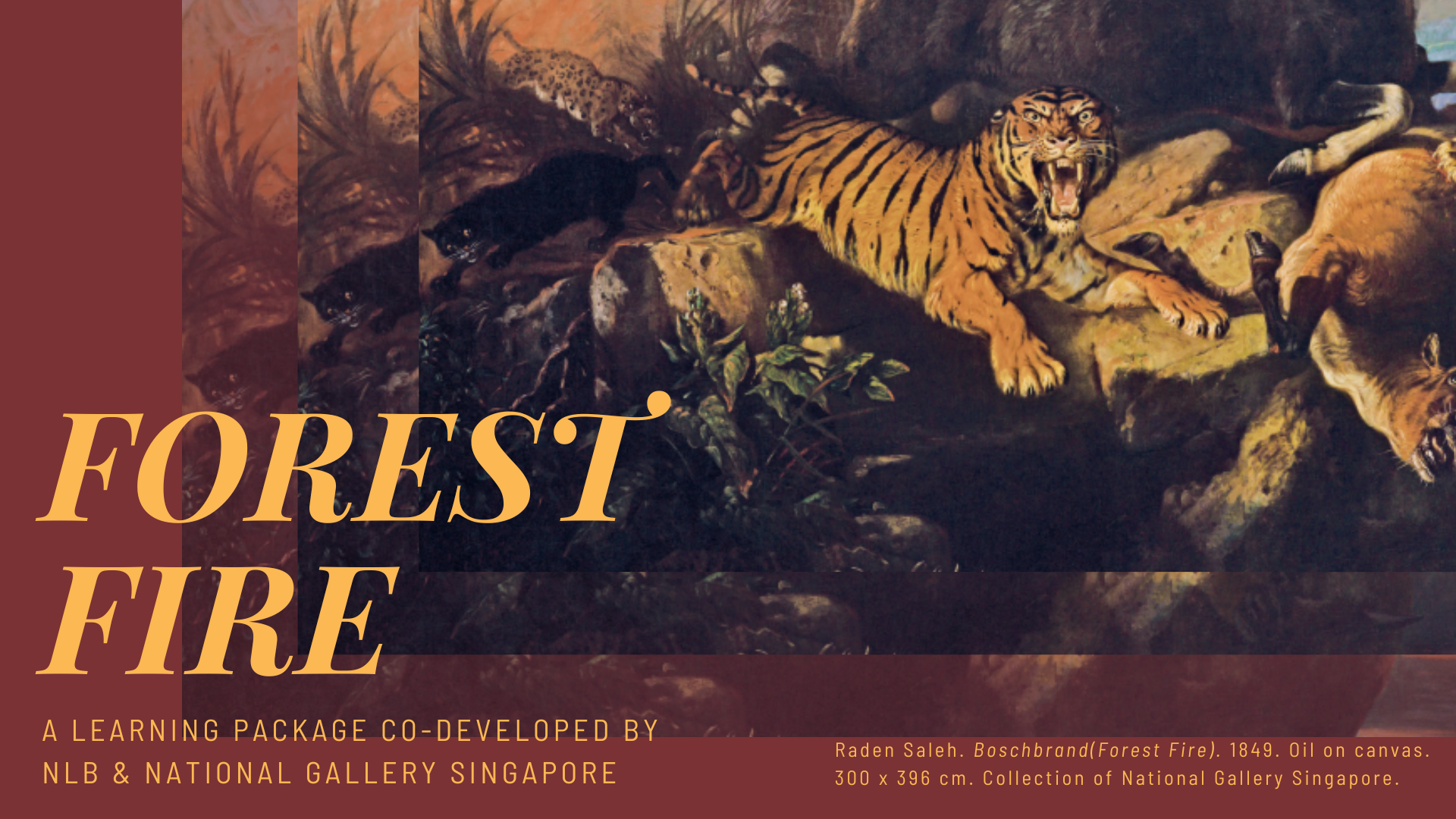
Forest Fire
The Artist behind the art
Raden Saleh (c. 1811), born in Semarang, Central Java, Indonesia into a family of the ruling elite, is widely regarded as the first modern painter in Indonesia (then known as the Dutch East Indies). In 1829, Raden Saleh went to Holland where he studied landscape and portrait painting. For the next 20 years or so, he lived in Europe and gained royal patronage, including the official title of 'King's Painter' of the Netherlands. His work was shown at many important, large public exhibitions of the period, known as 'salons'.
Interview with Dr Werner Kraus on Raden Saleh
Learn more about the master, Raden Saleh with a quick interview with Werner Kraus - a historian and also our advisory for the exhibition Between Worlds: Raden Saleh and Juan Luna.
Source: Interview with Dr Werner Kraus on Raden Saleh(2018, March 1).National Gallery Singapore.Retrieved 2022, October 26.
Explore more works by Raden Saleh
Check out other works by Raden Saleh at the National Gallery Singapore’s online collection!
-
Learning Package: Here They Come!

Here They Come!
The Artist behind the Art
Born in 1938, Koeh graduated from the Nanyang Academy of Fine Arts (NAFA) in 1958.
Koeh as a student was greatly influenced by the prevailing social and political thinking in Singapore's Chinese community of the 1950s.
Koeh has a substantive body of woodcuts and paintings dating from the late 1950s to mid-1060s that is social commentary in nature, indicative of his motivation and inspiration.Find out more about Here They Come!
Source: Art and Building Highlights: Here They Come! by Koh Sia Yong and the Hawker Licensing Commission (2020, August 9).National Gallery Singapore. Retrieved 2022, October 26.
Explore more works by Koeh Sia Yong
Discover More
1. Oil Painting for Beginners
Want to get started in Oil Painting? Check out this video on how to get started!
Source: Oil Painting for Beginners - Basic Techniques + Step by Step Demonstration(2017, December 2). Florent Farges - arts. Retrieved 2022, October 26.
2. Learn more about oil paint
Ever wondered why oil paint is so popular among famous artists? Watch this video to learn about the history of oil paint and the process that goes behind its creation:
Source: Why Oil Paint Is So Expensive | So Expensive (2019, July 13). Business Insider. Retrieved 2022, October 26.
3. Singapore’s Hawker History
Learn about the history of Singapore’s hawker culture, the role illegal hawkers played in the informal economy of the 1960s and how it inspired Koeh Sia Yong to create his work Here They Come!
Source: Clearing Illegal Hawkers In 1960s Singapore | A Frame In Time | Episode 1/3 (2020, April 27).CNA Insider. Retrieved 2022, October 26.
4. Oil Painting Essentials: Mastering Portraits, Figures, Still Lifes, Landscapes, and Interiors
Gregg Kreutz (2013), Oil Painting Essentials: Mastering Portraits, Figures, Still Lifes, Landscapes, and Interiors, Clarkson Potter/Ten Speed.
Many painters limit themselves to one type of subject matter, but in Oil Painting Essentials, artist and art instructor Gregg Kreutz shows how a multi-genre approach can dramatically improve your painting skills. Arranged by category, each chapter covers both the essentials specific to that subject matter and those that apply to all genres.
Retrieved from NLB Overdrive (myLibraryid is required to access the eBook).
5. Oil Painting with the Masters: Essential Techniques from Today's Top Artists
Cindy Salaski (2014), Oil Painting with the Masters: Essential Techniques from Today’s Top Artists, Penguin Publishing Group.
Master the art of oil painting with instruction on key topics and techniques such as materials, observation, references, forms, composition, colour palettes, mixing colours, underpainting, working in layers, light effects, painting on location, textures and more from ten contributors, including beautiful gallery images of finished works.
Retrieved from NLB Overdrive (myLibraryid is required to access the eBook).
6. Painting Buildings in Oils
James Willis (2021), Painting Buildings in Oils, The Crowood Press.
Painting buildings is an exciting and versatile genre - it allows you to enjoy the lines of architecture but also to add feeling and context to a picture. This practical book explains the full depth of the subject, from first sketches to final presentation. Using a range of examples, it is packed with advice and information, and follows the riches of painting the built landscape. Not just a handy reference, this is a beautiful and inspirational guide for every artist who wants to capture and interpret a scene.
Retrieved from NLB Overdrive (myLibraryid is required to access the eBook).
7. Singapore Hawker Classics Unveiled: Decoding 25 Favourite Dishes
Temasek Polytechnic (2015), Singapore Hawker Classics Unveiled: Decoding 25 Favourite Dishes, Marshall Cavendish International.
Produced as a celebration of Singapore's renowned culinary heritage, Singapore Hawker Classics Unveiled, tells you everything you ever needed to know – and more! – about 25 of our favourite dishes. The 25 delicious recipes featured will allow you to recreate your favourite classic hawker treats at home and inspire you to look at these familiar dishes in a new light – each dish includes its traditional presentation together with an additional interpretation with a modern twist. Moreover, every dish is covered in great detail, including information on its heritage, its aroma, taste and texture, its nutritional value, as well as clear step-by-step instructions and photographs.
Retrieved from NLB Overdrive (myLibraryid is required to access the eBook).
-
Learning Package: Life by the River
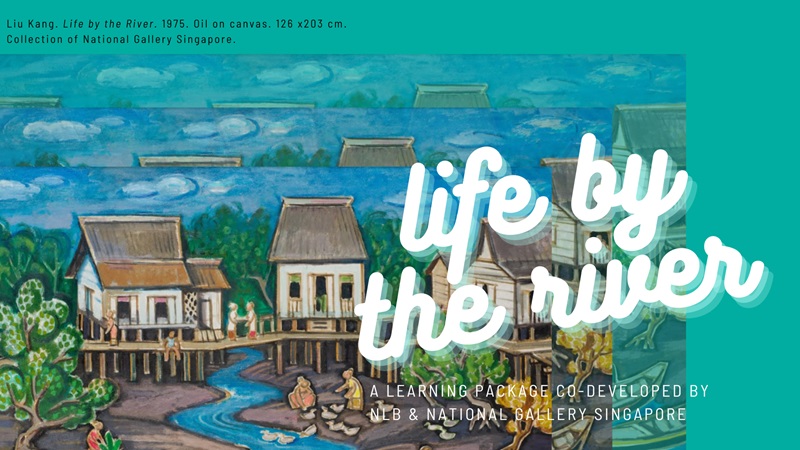
Life by the River
The Artist behind the Art
Born in Fujian Province in 1911, Liu Kang received his formal training in Xinhua Art Academy of Shanghai, where he was exposed to Chinese paintings. In 1928, he went to Paris where he was influenced by art movements such as Fauvism and Post-Impressionism. Not only was he one of Singapore’s pioneer artists, he was also a leading figure in the Society of Chinese Artists and the Singapore Art Society. In 1970, he was awarded the Public Service Star for his contribution in the field of art.
Find out more about Life by the River!
1. The subject matter in the artwork
Source: Liu Kang’s Life By The River | Part 1: Subject Matter(2022, October 3).Lets Learn About Art.Retrieved 2022, October 26.
2. Liu Kang’s Influences
Source: Liu Kang’s Life By The River | Part 2: Influences(2022, September 14).Lets Learn About Art.Retrieved 2022, October 26.
3. The context behind Liu Kang’s works
Source: Liu Kang’s Life By The River | Part 3: Context(2022, September 14). Lets Learn About Art.Retrieved 2022, October 26.
Explore more works by Liu Kang
Check out the collection of works by Liu Kang at the National Gallery Singapore’s online collection!
Discover More
1. Singapore Paintings from the 1950s to the 1970s
Watch this lecture by Art Historian Jeffrey Say as he highlights the different styles of paintings from a prolific period for Singaporean painters.
Source: From Nanyang to Modern: Singapore Painting from the 1950s to the 1970s (Full Version)(2018, June 28). NLB Singapore.Retrieved 2022, October 26.
2. Other Singaporean Artists to Discover
Curious about other Singaporean artists who were masters on the canvas? Head over to these Infopedia links to find out more:
Georgette Chen
Choo Keng Kwang
Leo Hee Tong
Ho Kah Leong
eBooks
1. The Elements of Landscape Oil Painting: Techniques for Rendering Sky, Terrain, Trees, and Water
Suzanne Brooker (2015), The Elements of Landscape Oil Painting: Techniques for Rendering Sky, Terrain, Trees, and Water, Clarkson Potter/Ten Speed.

A landscape painting guide for oil painters that breaks landscapes down into component elements from nature, and showcases tools and techniques used by classic and modern oil painters for bringing these scenes to life.
Retrieved from NLB Overdrive (myLibraryid is required to access the eBook).
2. Dramatic Color in the Landscape: Painting Land and Light in Oil and Pastel
Brian Keeler (2014),Dramatic Color in the Landscape: Painting Land and Light in Oil and Pastel, Clarkson Potter/Ten Speed.
A landscape painting guide for oil painters that breaks landscapes down into component elements from nature, and showcases tools and techniques used by classic and modern oil painters for bringing these scenes to life.
Retrieved from NLB Overdrive (myLibraryid is required to access the eBook).
